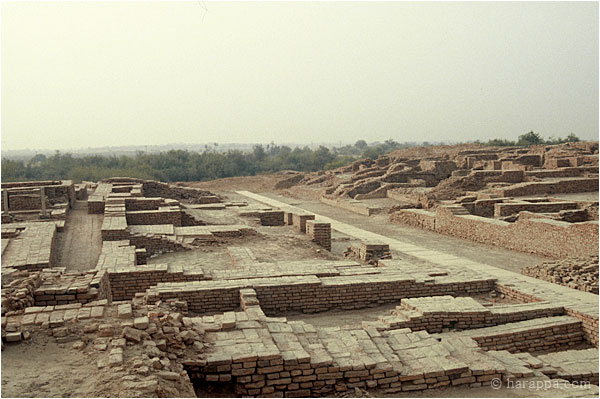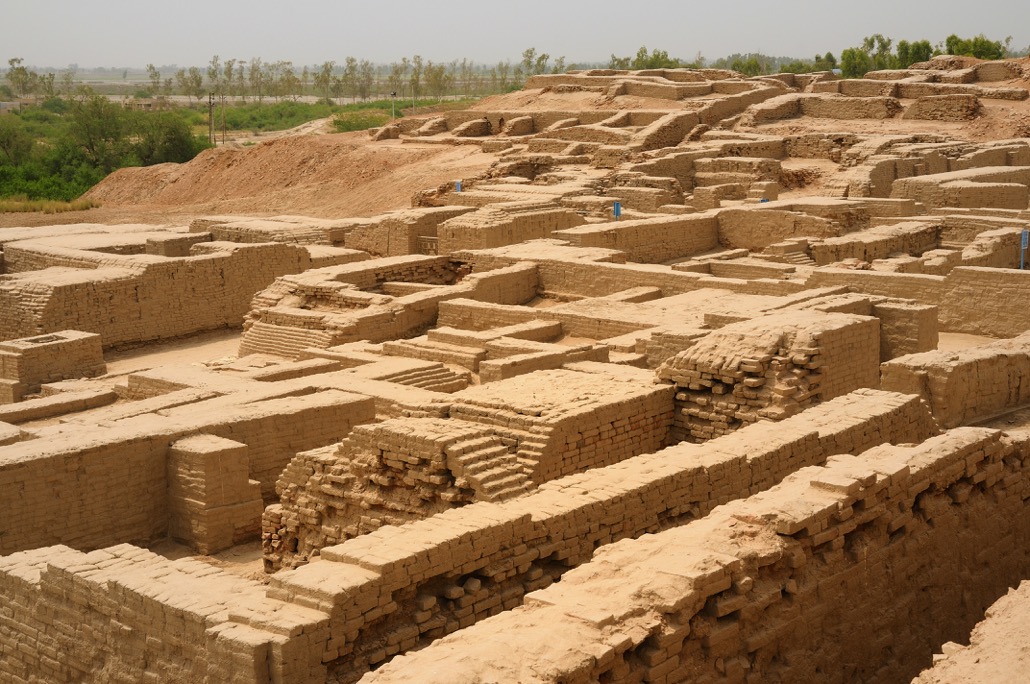Sangraha Period 400 CE - 700 C
Sushruta, often referred to as the “Father of Indian Medicine” or the “Father of Plastic Surgery,” was an influential physician in ancient India. Although he likely lived around the 7th or 6th century BCE (some even speculate as early as 1000 BCE), Sushtruta is still revered today for his influence in the critical development of Ayurvedic surgical procedures. [2]
While several different persons of the name Sushruta are mentioned in various Sanskrit sources, only one is described to have learned from a pupil of a Dhanvantari (an incarnation of Surya) and composed a treatise called Kalpaveda, which became the model of Sushruta’s Sushrutatantra, a medical work in one hundred chapters. The same Sushruta is mentioned in the Agnipurana and Gaudapuranaas, again as a medical authority and pupil of Dhanvantari. [1] It should also be mentioned that most scholars do not accept the claim that the physician Sushruta is associated with the Sushruta mentioned in the Mahabharata, the son of the sage Visvamitra. [2]
Sushruta’s work shares a wealth of medical techniques, but his own life and background still remains somewhat of a mystery; not even his birth name is known! The name “Sushruta” is actually an epithet meaning “renowned.” Nonetheless, he is known to have practiced medicine in northern India along the banks of the Ganges River, near what is now Varanasi. As a revered healer and sage, his gifts are often believed to have come from the gods. It is worth noting that Sushruta may have been a contemporary of the also infamous Charaka, if not a successor.
THE SUSHRUTA SAMHITA
The Sushruta Samhita is the oldest known text of Ayurveda, and holds a place among the important trilogy of classic Ayurvedic texts along with Charaka Samhita and Ashtanga Hridayam. Its importance and distinction lies not only in its age, but in its content. (2) It is the only remaining text that describes shalya tantra, the practice of surgery. In fact, it is the oldest known document on surgery not only specifically within Ayurveda, but in the world. (3)
The author Sushruta is known as the “Father of Surgery”, and his work has been studied throughout the centuries, from the students of Ayurveda in ancient times all the way through to its more recent study by scholars of medicine in the Western world. Sushruta’s achievements in surgery as described in the text have been acknowledged and admired as great scientific achievements of the ancient world. (3)
The work of Sushruta in writing the Sushruta Samhita standardized and established the knowledge of surgical practices at the time. While Charaka Samhita outlines established medical knowledge and practices of the time, Sushruta Samhita includes detailed descriptions of how surgeries should be performed, from start to finish. Many of the chapters of the text are devoted to this, going through more than 300 surgical procedures, including plastic surgery reconstruction and the removal of cataracts. He also describes over 120 surgical instruments and more than 1,120 diseases, injuries, and conditions. He discusses treatments as well, including descriptions of over 700 medicinal herbs and their application and properties. (2)
SUSHRUTA’S CONTRIBUTIONS TO THE EVOLUTION OF AYURVEDA
Sushruta’s skill as a physician and teacher greatly advanced the practice of surgery. His contributions were numerous, significantly advancing the understanding of the human body. He developed different surgical techniques and tools, and, most notably, invented the practice of cosmetic surgery.
He advocated for and brought into practice the dissection of the human cadaver, enabling him to describe different parts of human anatomy such as the skin, muscles, bones, blood vessels, tissues, and special spots of surgical importance. Without refrigeration and preservatives, Sushruta accomplished dissection by placing the corpse in a cage to protect it from animals and immersing it in cold water, such as a running river or stream. He and his students would then check on it as it slowly decomposed layer by layer. [2]
Sushruta refined the practice of surgery through the fabrication of a wide variety of surgical instruments, naming each after the particular animal that the tool resembled, a practice which is still being adopted to this day. He was the first to introduce tubular instruments for the diagnosis of disease, the precursor of the “endoscopic instruments” of modern day medicine. He describes, in detail, the benefits and challenges, care and maintenance, and proper use of all instruments in the Sushruta Samhita.
His surgical specialty was rhinoplasty, the reconstruction of the nose. His master piece, the Sushruta Samhita, provides instructions on exactly how a surgeon should perform this revolutionary surgery:
The portion of the nose to be covered should be first measured with a leaf. Then a piece of skin of the required size should be dissected from the living skin of the cheek and turned back to cover the nose keeping a small pedicle attached to the cheek. The part of the nose to which the skin is to be attached should be made raw by cutting the nasal stump with a knife. The physician then should place the skin on the nose and stitch the two parts swiftly, keeping the skin properly elevated by inserting two tubes of eranda (the castor-oil plant) in the position of the nostrils so that the new nose gets proper shape. The skin thus properly adjusted, it should then be sprinkled with a powder of liquorice, red sandalwood, and barberry plant. Finally, it should be covered with cotton and clean sesame oil should be constantly applied. When the skin has united and granulated, if the nose is too short or too long, the middle of the flap should be divided and an endeavor made to enlarge or shorten it. (Sushruta Samhita, I.16)
The development of rhinoplasty in India was especially important due to the common practice of rhinotomy, the amputation of the nose, as a form of punishment. Sushruta’s timely development of this particular reconstructive surgery gave hope to those whom had been deformed, offering the possibility of returning to a life of normalcy.
Even if we may not know exactly who Sushruta was, his impact on Ayurveda and medicine at large is significant. He offered detailed insight into the historical practice of Ayurveda and laid the foundations for surgical techniques that are still in use today.
SOURCES
A History of Indian Medical Literature
K. R. Srikantha Murty’s Translation of Sushrut Samhita









